
Invented by Sir John Herschel in 1841, this simple process produces a continuous tone image of Prussian Blue using a sensitizing solution of ferric ammonium citrate and potassium ferricyanide.
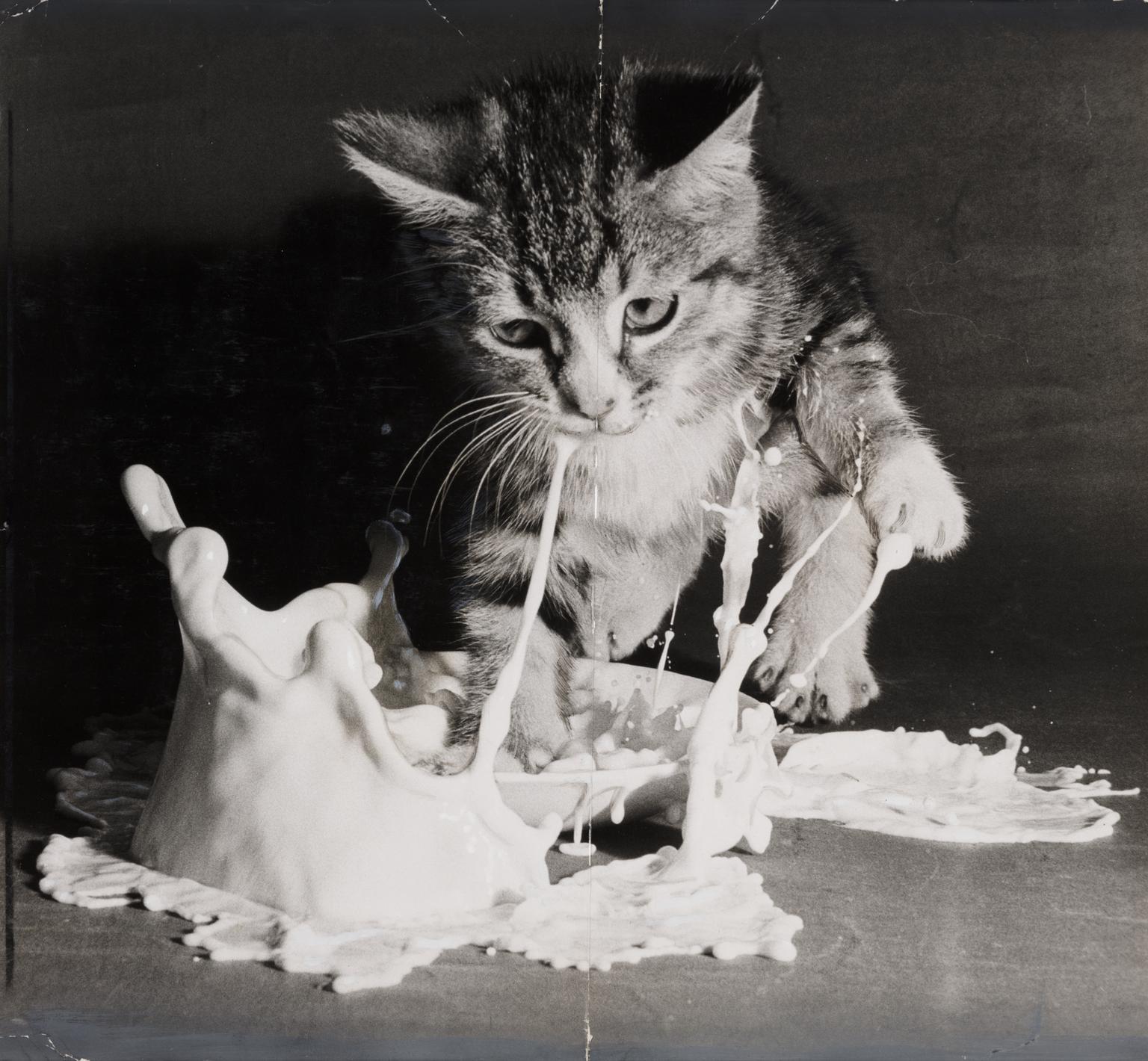
From the very first photographic images to the work of contemporary photographers, photography is one of our major areas of expertise and is represented throughout our collection.

Invented by Sir John Herschel in 1841, this simple process produces a continuous tone image of Prussian Blue using a sensitizing solution of ferric ammonium citrate and potassium ferricyanide.
Bromoil and Transfer was used by many photographers during the first half of the 20th century and gained great popularity.
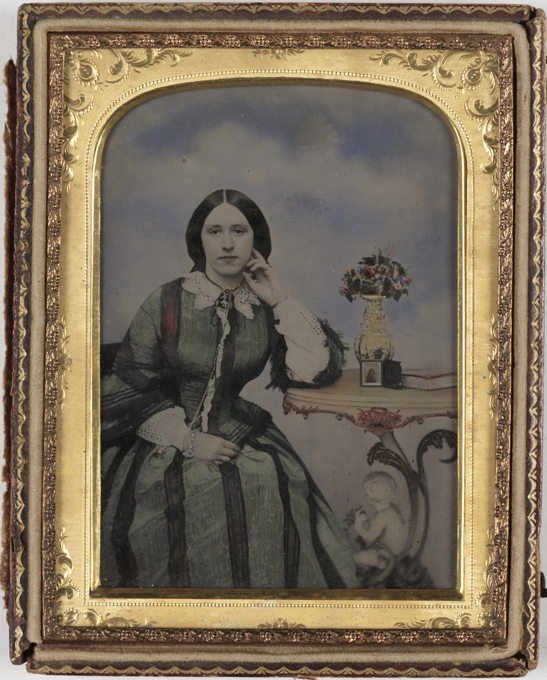
One of the most exciting sources of information for family historians are collections of family photographs—lovingly preserved in leather-bound albums or stashed in biscuit tins or shoeboxes.
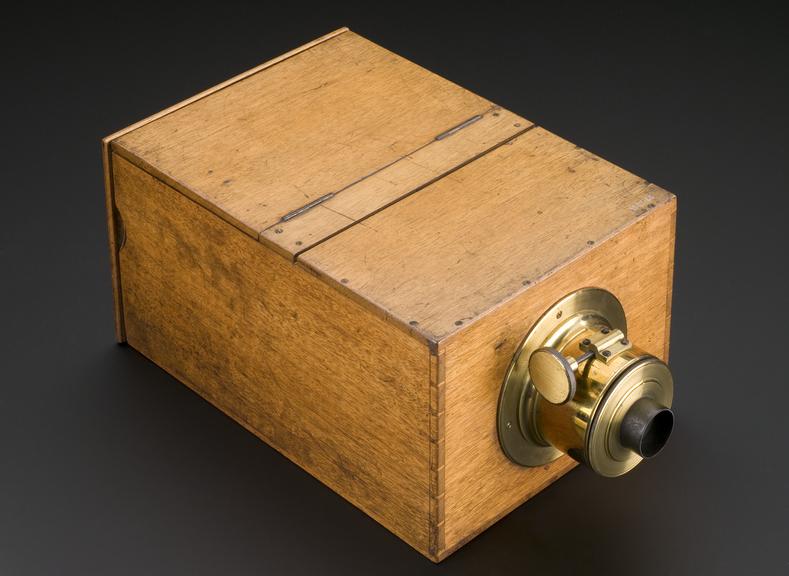
What is a camera obscura and where can you see one? Read on for a potted history, list of UK camera obscuras and helpful contacts.

Cartes de visite were introduced to the UK in 1857 and became a Victorian collecting craze.
It’s often difficult to establish the details of Victorian photographic studios, but there are some helpful clues and resources that may help you identify them.

World-renowned photographer Annie Leibovitz visited the museum on Tuesday—the latest stop on a personal journey she is undertaking looking at places relating to inspirational and culturally significant people.
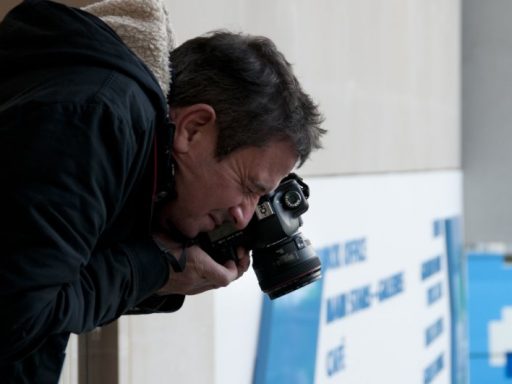
French artist Denis Darzacq visited the museum to capture Bradford theatre group Mind the Gap in the foyer.
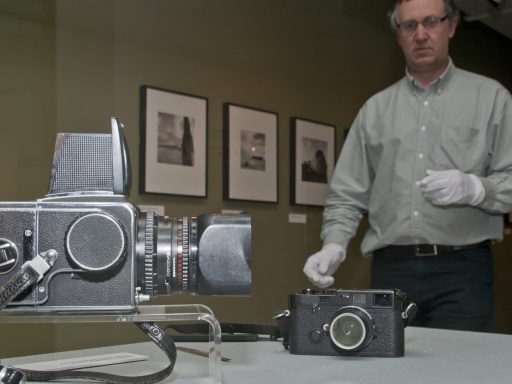
Our Fay Godwin exhibition recently received a welcome addition when a delayed loan from the British Library was finally installed.
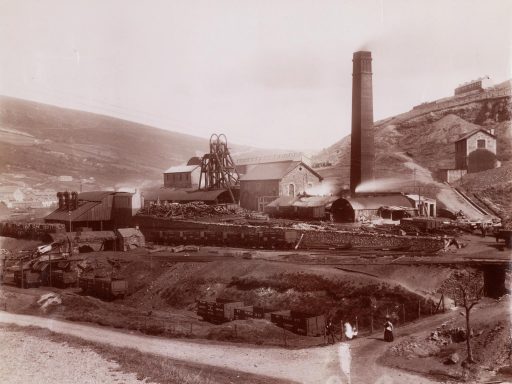
From albumen negatives in the 1840s to the gelatin dry plate, which was in use until the 1970s, learn about the history of glass photographic negatives.
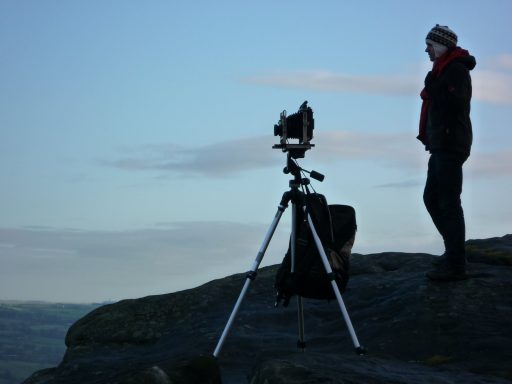
Simon Roberts, whose We English exhibition is on display until 5 September 2010, returned to the museum yesterday to sit in conversation with Greg Hobson, curator of photographs.

Photographer Simon Roberts visited Bradford to finish the photographic series created for his exhibition We English. We joined him on his search for the perfect shot.